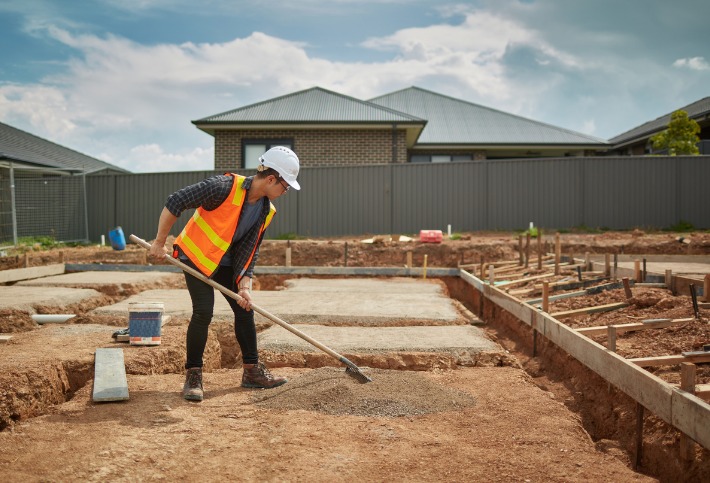
The construction and building industry need reliable instruments both before building work begins and long after completion.
Soil compaction testing is essential for checking the soil is strong enough for footings and building works to begin. A crack measuring gauge may be needed soon after construction or many years later depending on the cause of the building or slab crack. Both instruments are easy to use with a little knowledge and practice.
Clegg Soil Compaction and Soil Impact Testers
Compaction of a building site reduces air pockets and voids by packing soil particles closer together. By forcing the soil particles together, soil density and strength increases. A well-compacted soil won’t settle as much as a poorly compacted one and reduces the chance of structural problems in the building. Strength in the soil means greater loads can be carried by the footings.
Poor compaction leads to structural movement and building settling, slab cracks and foundation erosion. It is a requirement that soil is tested following compaction to ensure it is strong enough for building on.
First developed in the 1970s by Dr Baden Clegg, the impact soil tester changed the way sand compaction could be tested. The Clegg Impact Soil Tester needs just one person to perform the test in less than one minute. Also known as a Perth Penetrometer, Clegg prepared a thesis paper on the development of the instrument while working as a Senior Lecturer in Civil Engineering at the University of Western Australia in 1979. The device has changed very little since its introduction.
Dropped from a set height of 45 cm, the output of the fourth drop is known as the Clegg Impact Value (CIV). The output is measured in Clegg units and is displayed instantaneously on the Hammer’s meter. One Clegg unit equals 10 gravity units with the decimal truncated.
The easily portable instrument weighs 14 kg including the 7kg shipping case.
For more information, see the Clegg Impact Soil Tester in the online store, which is now Available for hire.
Crack Measuring Gauges
Cracks are a regular part of building and settlement but can become serious problems when the safety margins of strength, stability and integrity are exceeded.
Cracks in buildings and slabs can be caused by several factors including creep movement, moisture movement, the permeability of concrete, thermal movement, corrosion of reinforcements, chemical reactions, poor structural design, construction or maintenance.
The size of cracks are often measured to determine if they are stable or widening.
Monitoring the expansion and contraction of cracks is required. A crack gauge is used to measure the rotation, transverse and longitudinal movement. Made of polycarbonate, the device measures of -/+ 20 mm, +/- 10 mm. The reading accuracy is +/- 0.5 mm on a grid.
The gauge is fixed over a crack on any flat surface using screws and adhesive. The gauge is left in place so the crack size can be monitored, and noted on the supplied record sheet.
For more information, see the Crack Monitoring Gauge in the online store.
The Metrica Universal Crack Gauge is made of foldable elements suitable for fixing to any surface that is not flat including a wall, curve, groove or protrusion. The range is also +/-10 & +/-20.
If you need any advice on how to use a soil temper or crack measuring gauge, don’t hesitate to ask one of the experts at GSR Laser Tools by calling (08) 9409 4058 or contact us online.